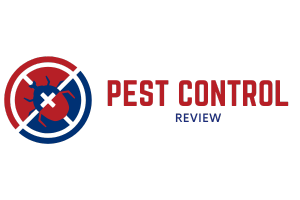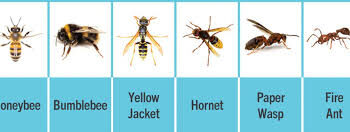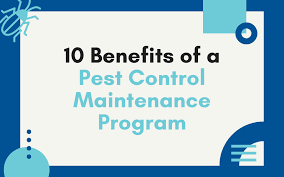Introduction
Invasive species pose a significant threat to local ecosystems, disrupting the delicate balance of nature and causing irreparable harm. From plants to animals, these species can spread rapidly and outcompete native species, leading to a decline in biodiversity and ecosystem services. In this article, we will explore the impact of invasive species on local ecosystems and the role of pest control in conservation efforts.
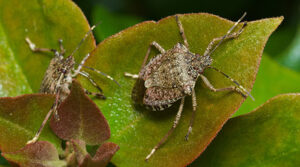
What are invasive species?
Invasive species are non-native plants, animals or microorganisms that are introduced to an ecosystem and cause harm to the environment, economy or human health. They can be introduced intentionally or unintentionally, through human activities such as trade, transport or agriculture. Invasive species are characterized by their ability to reproduce rapidly, outcompete native species, and adapt to new environments quickly.
The effects of invasive species on local ecosystems:
Invasive species are known to compete with native species for resources, such as food, water, and habitat. In some cases, they outcompete native species and cause them to decline in number, which can lead to a loss of biodiversity. Invasive species can also alter the physical characteristics of an ecosystem, such as changing the structure of the soil, affecting water flow, and altering nutrient cycling. This can have far-reaching consequences for the health and functioning of an ecosystem.
Examples of invasive species:
There are numerous examples of invasive species around the world, and their impact can vary depending on the specific ecosystem. In the UK, for example, the grey squirrel is an invasive species that has had a significant impact on the native red squirrel population. The grey squirrel carries a virus that is lethal to red squirrels, and its competitive advantage has resulted in a decline in the number of red squirrels in the UK. In Australia, the cane toad is an invasive species that has had a devastating impact on native wildlife, with populations of some species declining by more than 90%.
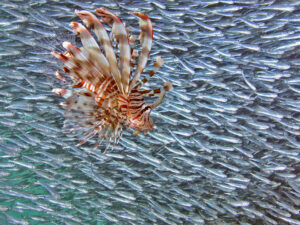
The importance of effective pest control in conservation efforts:
Effective pest control measures are essential for the conservation of native species and the protection of local ecosystems. There are several methods of pest control that can be used to manage invasive species, including chemical control, physical control, and biological control. Chemical control involves the use of pesticides to kill or repel pests, while physical control involves the use of barriers or traps to prevent pests from entering an area. Biological control involves the use of natural predators or pathogens to control pest populations.
Challenges in pest control efforts:
Despite the importance of effective pest control measures in conservation efforts, there are several challenges in implementing these measures. One major challenge is the difficulty of eradicating invasive species once they have become established in an ecosystem. Invasive species often reproduce rapidly and can quickly spread to new areas, making it challenging to control their populations.
Another challenge is the potential harm that pest control measures can cause to non-target species. Chemical pesticides, for example, can be harmful to other insects and wildlife, and their use may have unintended consequences for the ecosystem. It is therefore essential that pest control measures are carefully planned and executed to minimize the risk of harm to non-target species.
The importance of early detection and rapid response:
One of the most effective strategies for managing invasive species is early detection and rapid response. Early detection involves monitoring for the presence of invasive species in an ecosystem, and rapid response involves taking action to remove or control the invasive species as soon as they are detected.
Early detection and rapid response can help to prevent the establishment and spread of invasive species, making it easier and more cost-effective to manage their populations. This strategy requires close cooperation between scientists, conservationists, and land managers to detect and respond to invasive species quickly and effectively.
The role of public education in pest control:
Public education is also a critical component of effective pest control efforts. Educating the public about the risks of invasive species and the importance of preventing their introduction and spread can help to reduce the likelihood of new introductions and increase awareness of the need for effective pest control measures.
Public education can also help to generate support for conservation efforts and encourage individuals and communities to take action to protect local ecosystems. By promoting awareness and understanding of the impact of invasive species and the importance of effective pest control measures, public education can play a vital role in protecting biodiversity and ensuring the continued health and functioning of local ecosystems.

The need for international cooperation:
Invasive species are a global issue that requires international cooperation to address effectively. Invasive species can spread rapidly across borders and can have far-reaching consequences for ecosystems and economies. International cooperation is essential to prevent the introduction and spread of invasive species, and to develop effective pest control measures.
The Convention on Biological Diversity, an international treaty signed by over 190 countries, recognizes the threat of invasive species to biodiversity and encourages countries to take action to prevent their introduction and spread. The treaty also calls for the development of effective pest control measures and the sharing of information and best practices between countries.
The role of pest control professionals:
Pest control professionals play a crucial role in managing invasive species and protecting local ecosystems. Pest control professionals have the knowledge and expertise to develop and implement effective pest control measures, including chemical, physical, and biological control methods. They also have the equipment and tools necessary to carry out pest control operations safely and efficiently.
Pest control professionals also play a vital role in public education and outreach. By educating the public about the risks of invasive species and the importance of effective pest control measures, pest control professionals can help to increase awareness of the issue and promote support for conservation efforts.

Conclusion:
The impact of invasive species on local ecosystems is a significant threat to biodiversity, and effective pest control measures are essential for conservation efforts. Early detection and rapid response, public education, international cooperation, and the expertise of pest control professionals are critical components of effective pest control efforts. By working together to prevent the introduction and spread of invasive species, we can help to protect local ecosystems and ensure the continued health and functioning of our planet’s biodiversity.
